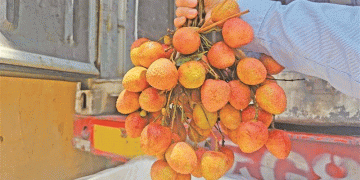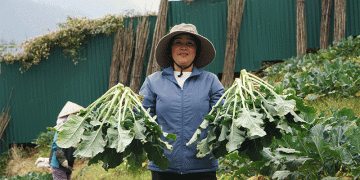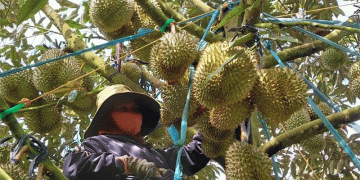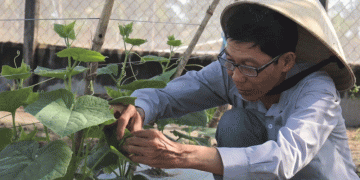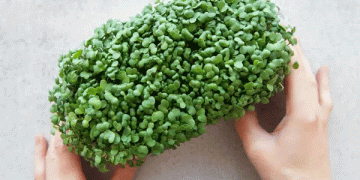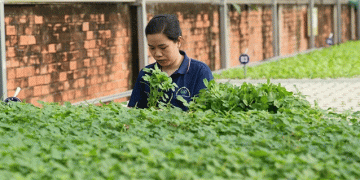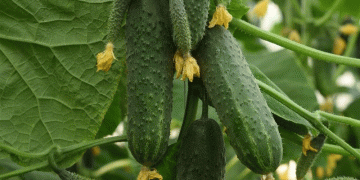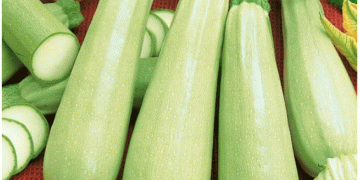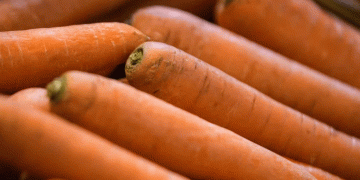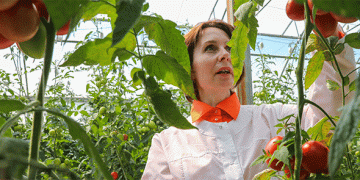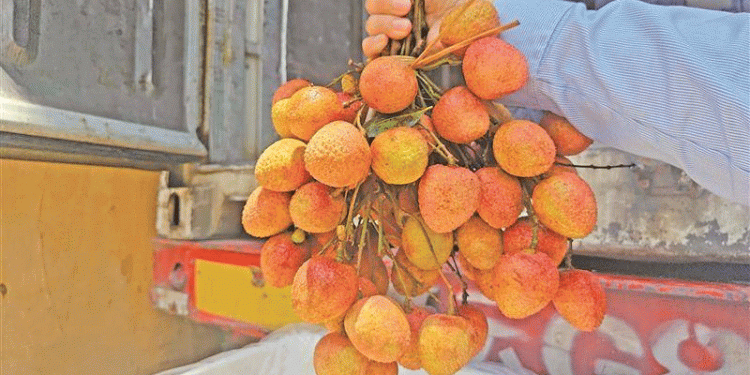Recent data from Wuxi’s Chaoyang Fruit Wholesale Market reveals荔枝 sales have surged past 250 tons per day, a yearly high, driven by both rising temperatures and the popularity of Chang’an’s Lychee. But the real story is the 30% price drop in wholesale costs, making荔枝 more accessible than ever.
Why Are Prices Falling?
- Historic Harvests – China’s national荔枝 production reached 365万吨 (3.65 million tons) in 2024, a 111% increase year-on-year (National Bureau of Statistics).
- Supply Chain Efficiency – Unlike the ancient transport methods depicted in the TV drama, modern冷链 (cold chain) logistics allow荔枝 to be shipped from广东, 广西, and海南 within days.
- Early Harvest Pressures – Typhoon “Butterfly” forced early harvesting in Guangdong, flooding the market with荔枝 and further driving down prices.
Consumer Trends: The Rise of “荔枝三巨头” (Lychee Big Three)
- 妃子笑 (Feizixiao) dominates sales at 150 tons/day due to its balanced sweetness and affordability.
- 白糖罂 (Baitangying) and 桂味 (Guiwei) follow closely, forming the bulk of荔枝 sales.
- Premium Varieties like 冰荔 (Bingli, “Ice Lychee”) fetch ¥70+/斤 (wholesale), catering to high-end buyers.
Global荔枝 Trade Implications
Wuxi’s market also imports越南荔枝 (“乌红,” similar to Baitangying), signaling growing international demand. With China’s荔枝 exports expected to rise, global markets may see price adjustments.
The荔枝 market is undergoing a dramatic shift—from a luxury item to an everyday fruit. While consumers benefit from low prices, farmers must adapt to oversupply challenges. Efficient logistics and diversified品种 (varieties) will be key to sustaining growth.
